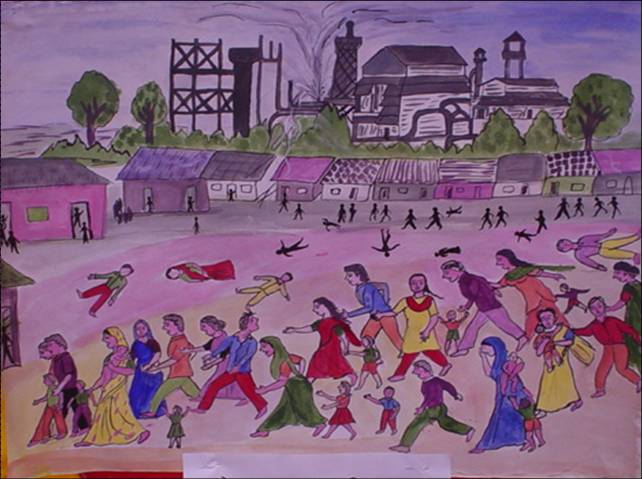
In the middle of the night, people woke up to a nightmare: the air was on fire.
The year was 1984, and in the city of Bhopal, India, a Union Carbide Corporation factory exploded.
None of the security systems worked. Or better put: profitability scarified safety by imposing drastic cost reductions.
A crime termed an accident killed many thousands, and left many more ill for life.
In the south of the world, human life is priced according to supply.
After a lot of tussling, Union Carbide paid three thousand dollars for each person it killed, and a thousand for each left incurably ill.
Its prestigious lawyers rejected the demands of the survivors, arguing that illiterates were incapable of understanding what their thumbprints had signed.
The company did not clean the water or the air of Bhopal, which remain contaminated, nor did it clean up the earth, which remains poisoned with mercury and lead.
Instead, Union carbide cleaned up its image, paying millions to the priciest makeup specialists in the world.
A few years later, another chemical giant, Dow Chemical, bought the company.
The company, that is, not its account book: Dow Chemical washed its hands, denied any responsibility in the matter, and sued the women protesting at its doors for disturbing the peace.
By Eduardo Galeano ‘Mirrors: Stories of Almost Everyone’ (2009)


